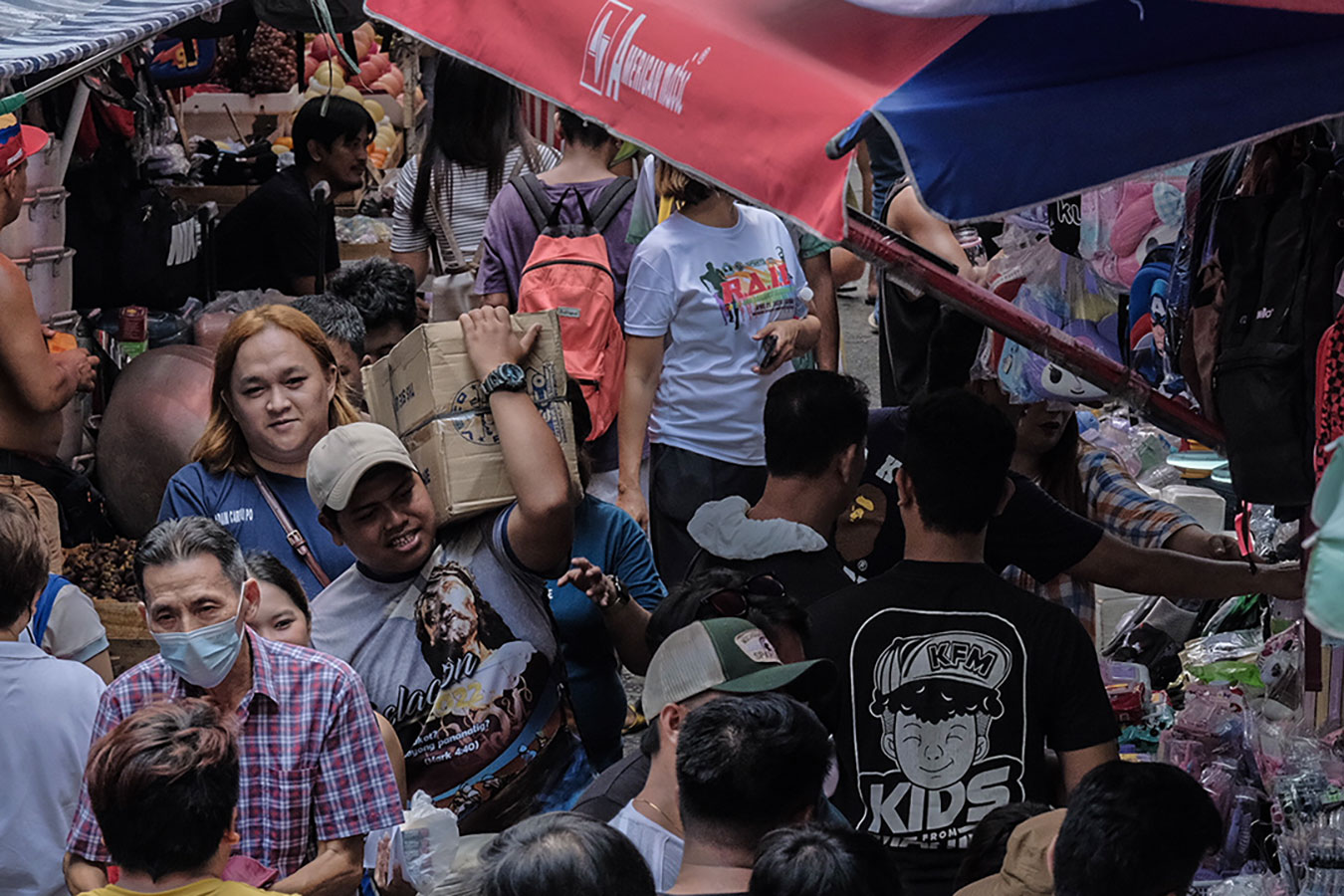




Philippines Trade Update: Trade trajectories trend along
 DOWNLOAD
DOWNLOAD

Policy Rate Updates: Double cut finale
 DOWNLOAD
DOWNLOAD

Monthly Economic Update: One for the road
 DOWNLOAD
DOWNLOAD


PHL unlikely to breach upper end of growth goal

The Philippines may have difficulty achieving the upper end of the government’s 6-7% gross domestic product (GDP) growth target this year amid expectations of weaker consumption and investment, Fitch Solutions’ unit BMI said.
“The economy will find it hard to breach the upper half of the 6-7% growth target which the government has set. Headwinds stemming from restrictive financial conditions alongside a weaker external sector will keep a lid on growth,” it said in a report.
BMI forecasts GDP to expand by 6.2% this year, within the government’s target.
In the first quarter, the Philippines posted 5.7% GDP growth, faster than the 5.5% a quarter ago.
However, BMI noted that while first-quarter GDP showed an annual increase, this is still “by no means an accurate representation of the economy’s health.”
“A more detailed breakdown suggests that underlying domestic demand has softened even though the external sector showed some tentative signs of rebound. That said, we think there are still reasons to be optimistic even when downside risks dominate,” it said.
Household spending, which typically accounts for three-fourths of GDP, rose by 4.6% in the first quarter. This was its slowest since the 4.8% drop in the first quarter of 2021.
“Risk to our growth outlook hinges largely on the recovery in private consumption. In our current forecast, we have taken April’s robust import growth figures to indicate early signs of a rebound in household spending.”
“But if May and June data disappoint, this anticipated recovery in private consumption will not materialize,” it added.
Meanwhile, BMI said sluggish investments will also weigh on the Philippine growth outlook.
“Investment activity will stay muted against the backdrop of high interest rates. Indeed, the contribution of fixed capital to growth has been very weak, most recently coming in at just 0.5 percentage point (pp).”
The Bangko Sentral ng Pilipinas (BSP) has kept its key rate at a 17-year high of 6.5% since October 2023.
While BSP Governor Eli M. Remolona, Jr. has hinted at the possibility of policy easing as early as August, BMI said this is “improbable” at the moment due to the peso’s weakness and expectations of a delay in the US Federal Reserve’s easing.
The peso has been trading at the P58-per-dollar range since May, slowly inching to the record low P59 level.
BMI expects the central bank to only start cutting rates by October and in step with the Fed.
“However, the lagged impact of policy easing means that its impact will likely only be felt in 2025. Indeed, business sentiment towards the economy has notably diminished,” it said.
BMI said the external sector would also provide “less support” in the next few quarters as the rebound in exports will be difficult to sustain.
“Several key trading partners are due for an economic slowdown, after a strong showing in the first quarter. For instance, we believe that growth in mainland China has reached its peak and will diminish in the following quarters,” BMI said.
“The strong start to the year for the US economy is also expected to succumb to the pressures of tight monetary policy and a less supportive fiscal backdrop. Japan, Hong Kong, China and Singapore are no exceptions. Together, they account for about 73% of total Philippine merchandise exports.” — Luisa Maria Jacinta C. Jocson
This article originally appeared on bworldonline.com





 By BusinessWorld
By BusinessWorld